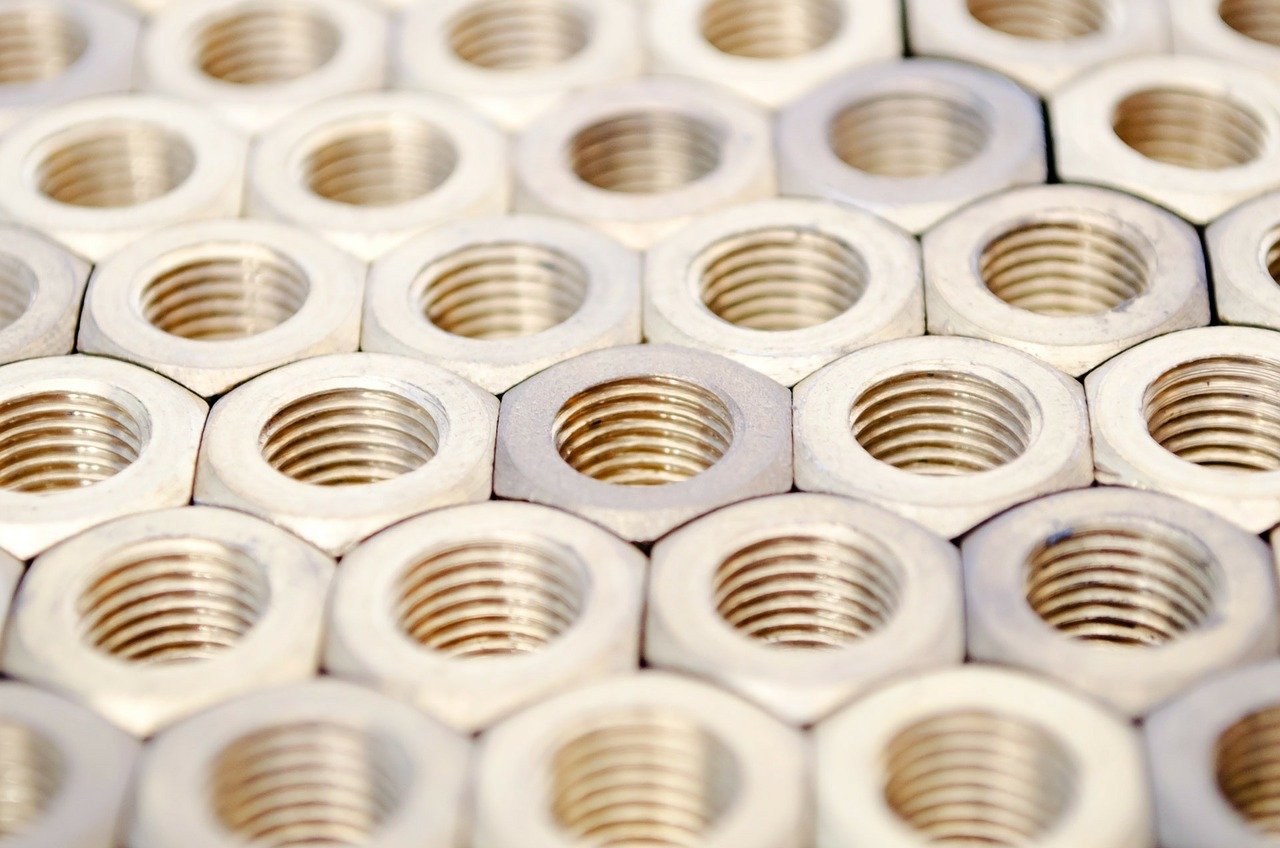When Carbon Cuts are Impossible, Efficient Material Use Should Become a Priority

As stricter carbon emission rules are introduced across most countries in the world, a growing number of voices call for smarter or more impactful decisions and initiatives instead. That is especially the case with areas were cutting down on emissions is impossible, hard, very costly, or where optimizations and improvements have already been introduced and margins for continuing the push are thinning.
The goal according to some engineering professors like Stefan Pauliuk, Assistant Professor of Sustainable Energy and Material Flow Management at the University of Freiburg, should be to make more efficient use of materials instead. If we could focus all our efforts on six climate-relevant materials, steel, aluminum, copper, cement, wood, and plastics, and make their use efficient in residential construction and cars, we could save between 33 and 78 of our CO2 emissions by 2050.
These areas amount to two-thirds of the consumption of these materials, so making even the tiniest changes can have huge impacts. Scientists under the guidance of S. Pauliuk have developed the following proposals on what changes to introduce:
- Reuse scrap from manufacturing
- Reduce the living space per capita
- Promote shared housing
- Promote ride-sharing and car-sharing
- Reuse products
- Promote the use of materials that have higher service efficiency
- Promote the use of materials that are easier to recycle
- Promote the use of materials that have higher yields
Strict climate policies and using renewable energy sources aren’t enough to achieve greenhouse emission reductions that would stop the global temperature from reaching that 2-degree Celsius threshold, especially when it comes to cars and residential buildings. So, the main goal should be to use what we have more efficiently. And as the team of scientists underlines, implementing any of these measures would be a lot easier than trying to squeeze every bit of potential from carbon-cutting methods.

 Tech Steel & Materials
Tech Steel & Materials